The Government has set out a strong desire for the UK to be an agri-tech powerhouse. Tech Farmer looks behind the ministerial announcements to what they may mean for on-farm R&D.
By Tom Allen-Stevens
UK Agriculture is set to get an Agri-Tech Catapult, following the announcement by the Government that three of the four Agri-Tech Centres are in merger discussions to create a new “integrated capability”.
George Freeman, Minister of State* at the new Department for Science, Innovation and Technology (DSIT) announced at the World Agri-Tech Innovation Summit in London that the Agri-Tech Centres are looking to merge.
“These companies were designed to be the model showcase testbed farms, but in my view, we need to commercialise better. We need to make these the interfaces of much deeper industrial investment and commercialisation,” he said.
“So we are reviewing those centres with a view to creating a Catapult. This is a big commitment [by Government] in the UK research ecosystem. It’s ring-fenced long-term funding, and we are absolutely determined to set out a long-term framework so that companies, from the big agri-food majors around the world to UK companies, can come and invest in it.”
The three Agri-Tech Centres coming together are Crop Health and Protection (CHAP), the Centre for Innovation Excellence in Livestock (CIEL) and the Agricultural Engineering, Precision and Innovation Centre (Agri-EPI). They were set up in 2015/16, along with Agrimetrics, which aims to use agricultural data to build a better food system, and will remain a separate company.
The Centres exist to drive agri-tech innovation and adoption through “world-class” facilities, expert knowledge and business and project management support. They’re designed to strengthen the connections between science, business and funders, to accelerate R&D and tackle the agri-industry’s most critical challenges.
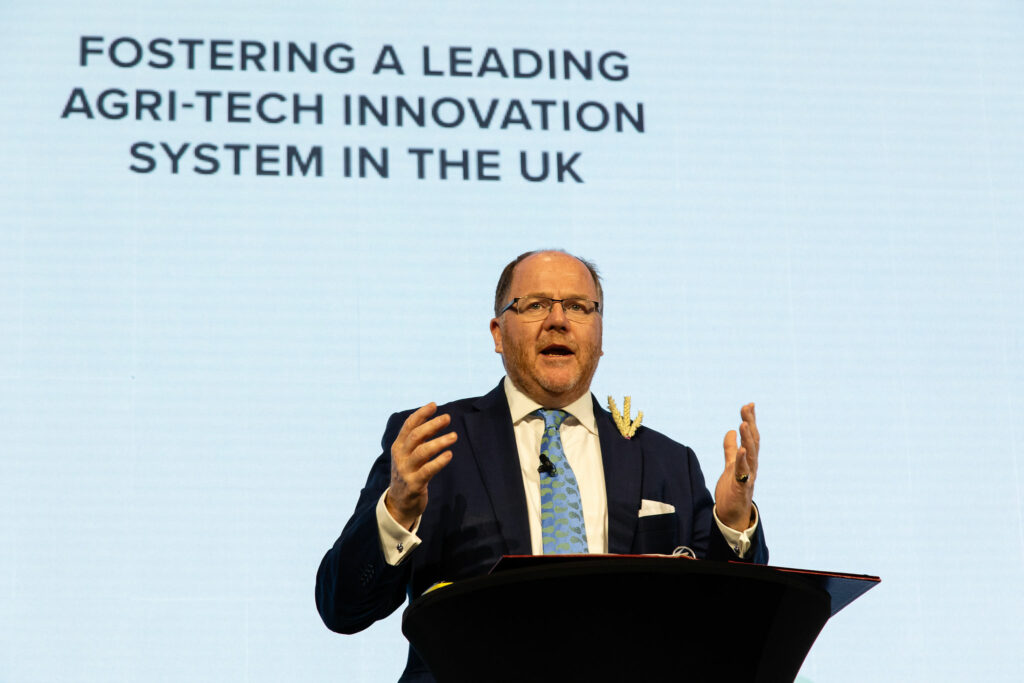
As a combined, Agri-Tech Catapult it would join the nine others in gene therapy, medicine, electronics, connected places, digital, energy, high-value manufacturing, satellite applications and offshore renewables. These Catapults are established by Innovate UK, part of UK Research and Innovation (UKRI), the government’s R&D arm that has an annual budget of around £8bn. They aim to accelerate the commercialisation of innovative technologies, thereby driving economic growth.
An Agri-Tech Catapult would seek to improve productivity, efficiency, and sustainability in farming and agriculture by helping to accelerate innovation. Minister Freeman is hoping it will act as a channel for private investment into the sector. “For too long in this country, we’ve incubated bioscience in all sorts of technologies, grown great businesses and then seen them disappear across the pond,” he said.
“We are finally going to make that move and unlock some of the trillions here in London in the pension funds that aren’t investing in UK equities. Just a tiny fraction of the money under management here in The City, properly connected, would help us pull through these companies.”
The Government already spends £400M/year on agricultural R&D, he said, and had identified “engineering biology” as one of five critical technologies to prioritise. This will be backed up by “a clear, reliable, long-term framework” to give confidence to farmers and to investors in supply chains.
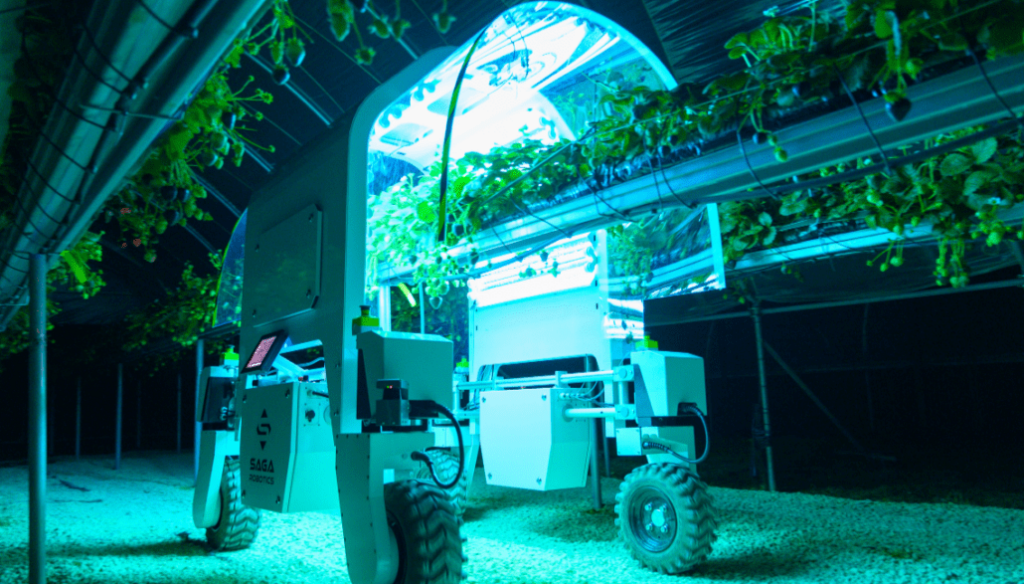
New R&D “clusters” were also promised. “If we’re really going to deliver the strength of this innovation economy, it can’t just be Cambridge, Oxford, London. We will shortly be unveiling the first ever digital cluster map – a heat map to show investors what’s going on around the UK in agri.
“You will see incredible strength in Norwich, Yorkshire, Scotland, Wales, Aberystwyth, Kent. And through the work that UKRI is doing, we intend to pull that together through that Catapult network.”
Not all are convinced by the Minister’s words, however. Plant scientist and former NIAB CEO Professor Tina Barsby notes that so far, the Agri-Tech Centres have delivered a return on investment of just 0.6:1, constrained by a risky ‘capital-only’ funding model, and lacking a core focus on genetic innovation.
Writing for Science for Sustainable Agriculture, she says “the legacy of the centres of innovation is not one of unmitigated success”, pointing out that growth in UK agricultural productivity has continued to fall behind other countries.
“I would struggle to name specific projects where the three Centres have translated agricultural innovation into commercial success over the past decade. Maybe there are some, but are they sufficient to justify the considerable government spend which the Centres have had access to? And does this bode well for a Catapult?”
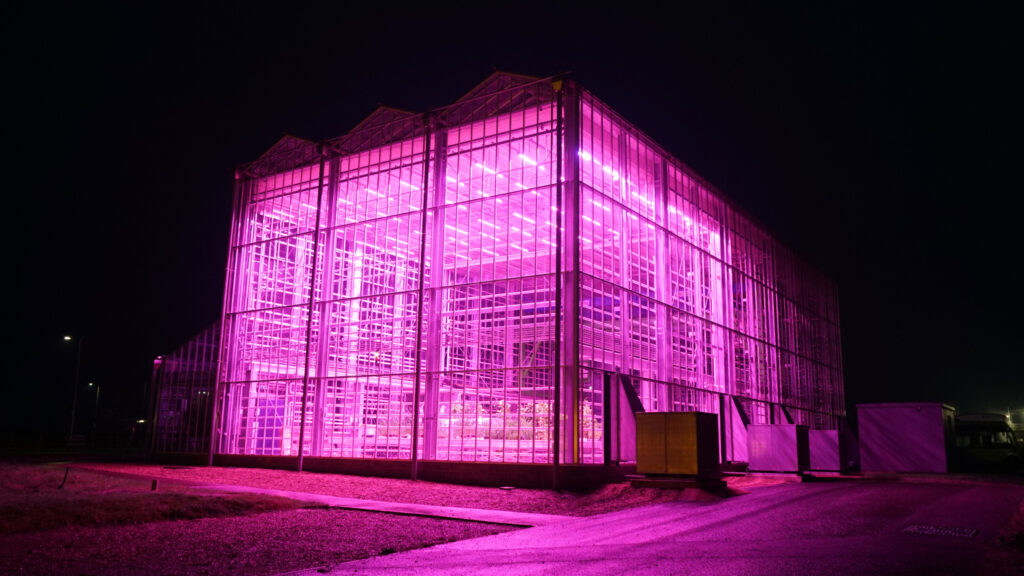
The Centres have received capital-only funding from Government. There are large infrastructure projects, such as CHAP’s Advanced Glasshouse facility at Stockbridge Technology Centre (STC) near Selby which allows for testing of new production approaches and growing media. Extensive precision machinery equipment located at Newcastle University is used to test new regenerative farming techniques.
These rely on industry stepping up to fund projects delivered through them. Tina says the plan has only partly been successful and in 10 years, they have translated government investments totalling £162M into projects worth £99M to the agri-food sector.
A fundamental flaw, she says, is that genetic innovation, “the single most important factor in driving on-farm productivity gains”, was not a core focus for any of the Centres. “Consequently, the John Innes Centre, our flagship genetic institution, has hardly interacted with them at all.”
Tina calls for “a more strategically targeted approach, and a focus on tangible, deliverable outcomes, for the next phase”. So will this happen?

“Crop improvement is an important part of the cropping system. But other considerations such as crop nutrition, plant and soil health and efficiency, on which the Centres also work, are essential for on-farm profitability,” points out Fraser Black, CEO of CHAP.
“In addition, the Centres are also working across many production systems including animal health, aquaculture, horticulture and robotics where collaboration across the industry is also needed.”
He argues that 10 years is a short timeframe on which to assess return on capital-only funding in innovation. “It takes time to reap the rewards of both capital investment as well as highly novel and entrepreneurial projects. It is often necessary to stress-test new innovations and approaches at an early technological stage before they can be fully utilised on farm.”
The merger talks will take place over six months, with the combined Centre due to be complete by April 2024, he explains. He believes combining forces would give the Centres the capacity and ability to work together more effectively.
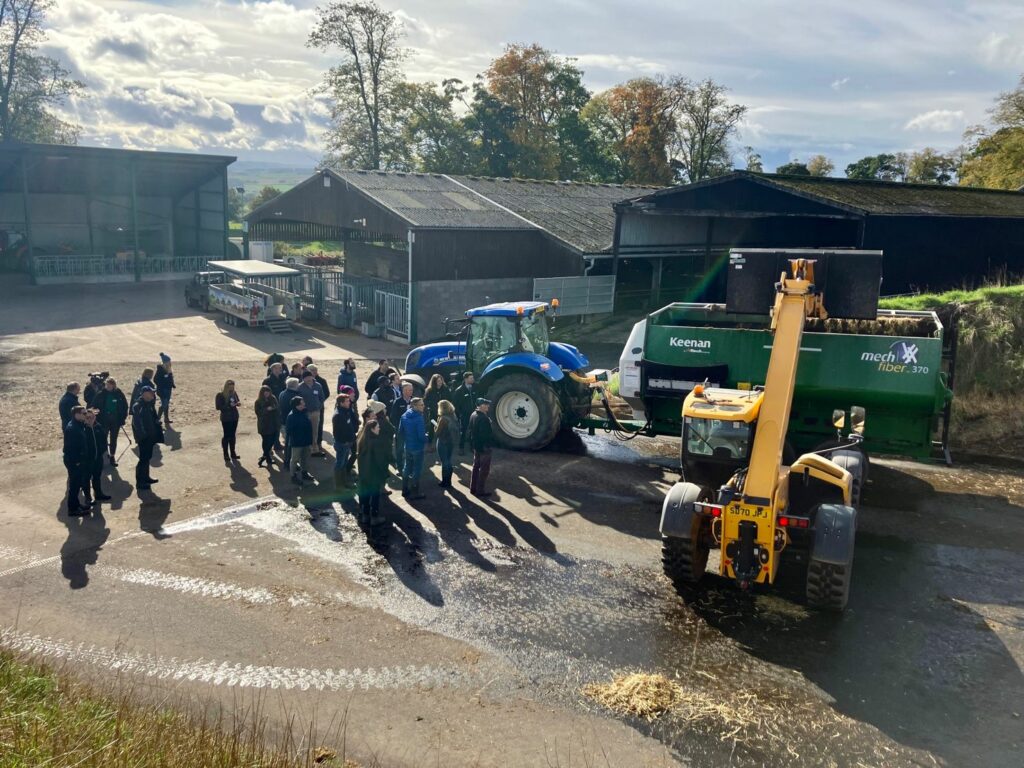
“There are obvious crossovers, such as between CHAP and CIEL on rotational grassland and cover crops, and in robotics for Agri-EPI and CHAP. A single portal provides one place to go,” he says.
Fraser recognises CHAP has not always engaged directly with farmers, and it may be that many don’t know what the centre actually does. “This is because CHAP’s primary goal is to get effective technology market ready and then to work with farmers as part of the supply chain. We are still a young organisation, and it takes some time for innovative technology to be scaled up and usable on farm.
“Few projects we’re involved with have specifically been about engaging with farmers – most are taking technologies to proof of concept or pre-commercial stage. CHAPs strength has been in bringing consortium members together, connecting with SMEs, start-ups and industry to accelerate real-world solutions to real-world problems. We tend to work with others, such as BOFIN (British On-Farm Innovation Network), who provide the connection to farmers.
“Looking ahead, though, and with the expectation we will become a Catapult, bringing the strong networks we’ve built up closer to farmers will be one of the key priorities, as will being even more joined up across the whole of the agri-tech ecosystem.”
Fraser points to the Crop Storage and Post-harvest Solutions (CSPS) facilities, located across three locations in the UK, as a recent example of the use of capital investment to support the industry. The need for this was driven by the closure of the Sutton Bridge facility after the loss of the potato levy. These facilities provide much-needed R&D opportunities for companies to test new sprout suppressants and storage options to reduce energy use, he notes.

Agri-EPI already has a network of 20 commercial farms across the UK, notes CEO Dave Ross. These are all equipped with the latest precision sensor technologies that are purpose-built to measure agricultural innovation.
“The concept is to create many insights of farming systems and gather data through on-farm trials to optimise productivity within environmental and physical constraints. In essence, it’s about getting actual data to help farmers manage a biological resource,” he explains.
Examples of farmer-facing projects Agri-EPI has been involved with include Earth Rover (see page xx) and the Crover – a sensor that burrows through a heap of grain gathering data on quality and condition.
For Fraser, the difference when the Centres combine is that there will be a single point of contact for farmers, agri-tech innovators and the whole agricultural sector to come to. This will provide access to all of the facilities and individuals with a high level of expertise.
“We want to get new innovation into the hands of farmers as soon as possible and to be the trusted place to come to for that – we’re independent and not-for-profit, and here to make things happen – I am very excited for the future,” he says.
*NOTE: George Freeman resigned his post as Minister of State at DSIT on 13 November, following 13 years in which he had served in various ministerial roles championing science and the importance of an active strategy for innovation.
Farmers encouraged to ADOPT new technology
Defra has announced plans to launch a new scheme for farmers to adopt new technology and take part in on-farm R&D. £40M over five years is set to be made available for farmer-led projects under its new ADOPT Fund (Accelerating Development of Practices and Technologies), due to be launched in late 2024.
“Next year, we’ll launch a new scheme to support farmers in leading their own on-farm trials, testing the viability of your approaches and driving adoption of what works.” announced Defra Farming Minister Mark Spencer at the World AgriTech Summit in London.
“Our brand-new approach seeks to transform innovative concepts into practical solutions that drive productivity, economic growth and environmental benefits.”
The new fund is part of Defra’s £270M Farming Innovation Programme – the R&D strand of its post-Brexit approach to funding for agriculture up to 2029. A few farmers have already received funding from this through various rounds of projects delivered by Innovate UK, with £120M committed to date.
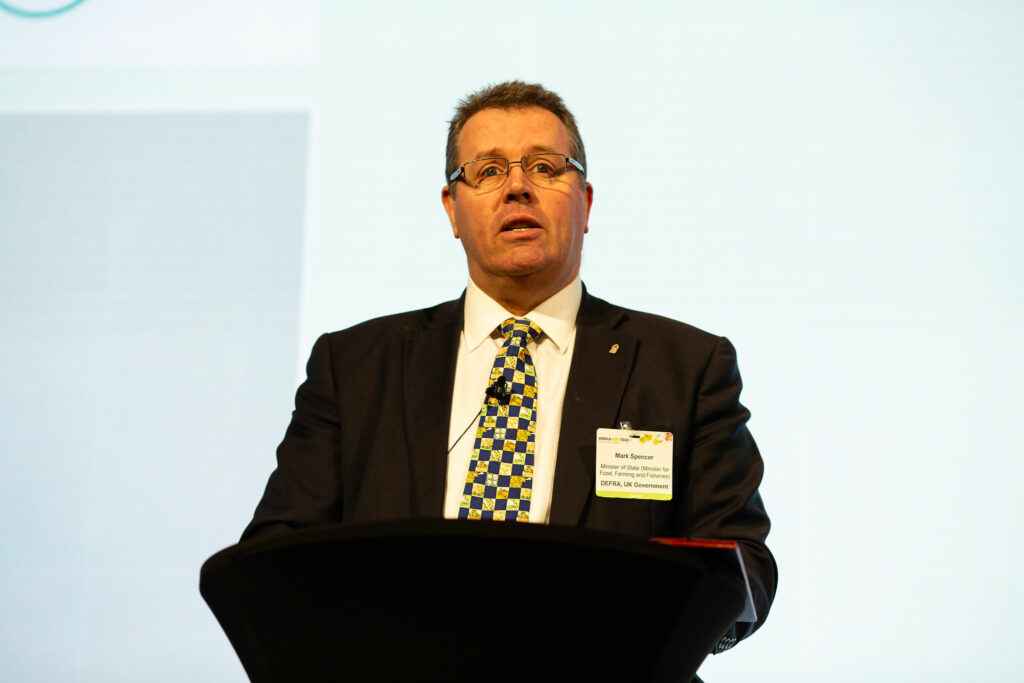
Most of the budget has so far been awarded to UK tech start-ups, supply chain companies and research organisations that have typically come together in consortia on collaborative projects each worth a total of £200,000 to £6M. All projects have had to demonstrate farmer engagement and a route to commercialise the technologies that have received funding. That’s involved some farming businesses joining as partners or even leading bids. Significantly, there have also been three rounds of smaller Research Starter Projects – one-year projects worth up to £56,000, led by farmers looking to explore a new idea.
Uptake by farmers and involvement in these projects as a whole has been very low, however. Part of the difficulty has been the process of tendering for and then obtaining funds through Innovate UK. This is a system that’s largely designed for ambitious, multi-million pound projects tendered by research organisations with dedicated finance departments. Tech Farmer has spoken to several farming businesses that will “never want to work with Innovate UK again” following successful bids for funding.
To get round the difficulties, some organisations have taken farmers on as contractors. BOFIN (British On Farm Innovation Network), for example, is leading or partnering on six projects, worth a total of over £10M over the next four years. Within the company’s budget are total payments to farmers worth £800,000, that may be shared by around 200 farmers taking part in trials. While BOFIN has to submit timesheets, invoices, and payslips as proof of expenses to claim funding, as well as attend regular project meetings, meet milestones and deliver update reports, the farmers, paid as contractors, simply agree to a protocol to follow and submit an annual invoice to BOFIN.
The new ADOPT fund is designed to get farmers directly involved in projects without the administrative burden of dealing with Innovate UK. Farmers or groups of farmers will be invited to propose one to three-year projects worth £25,000-75,000 each. Brand new will be an Innovation Support Service (ISS) – a third-party organisation that will promote the fund to farmers, manage applications and provide support and resources.
The grant-funding will be competitive, but two levels of support will be offered – firstly a grant of up to £2500 is available to submit an application. Farmers could use this to fund an Innovation Manager (IM) – an industry consultant hired to assist them, design an application more likely to be successful, and submit it to the level of detail required by the Innovate UK platform. If successful, the full grant (£25,000-75,000) would be awarded and the IM may then help manage the project for a fee, drawn from the award.
The IMs would play a key role, both in applying for the grant and running the project, and Defra envisages these will be farming industry “experts” (e.g. farm consultants or advisers) already proficient with the Innovate UK bidding process “with skills beyond basic facilitation and project management”. They would need to register with the ISS, who would be responsible for maintaining standards.
While the tender process for appointing an ISS provider is now underway, much is still unclear about ADOPT. A key question is to what level farmers will be asked to fund their own projects – typically commercial partners in Innovate UK projects contribute 30-50%, depending on the size of the company. How a farmer’s time will be valued is also unclear – in current projects, they can claim no more than £176/day for their time, unless they can present PAYE slips that prove they are paid more.
Once the ADOPT fund gets underway, Defra is planning to support up to 40 farmer-led projects per quarter. In addition, Minister Spencer pledged support to leverage more private funding into agriculture, and to address regulations around robotics, autonomous vehicles and genetics that may present a barrier to adoption of new technologies at present.
“The world faces many challenges that demand innovative solutions, and that also offers huge opportunity. Together, we can develop a world-leading Agri-Tech that empowers farmers and growers to combine productive and profitable businesses where they thrive in a thriving, natural environment,” he said.
